Do you find yourself yearning for connection yet pushing others away when they get too close? Do you experience a constant internal struggle between the desire for intimacy and the fear of vulnerability? Welcome to the world of the fearful-avoidant. In this exploration, we’ll dive into the depths of understanding fearful avoidant attachment, unraveling its roots in childhood, exploring its impact on relationships, and discovering strategies for growth and healing.
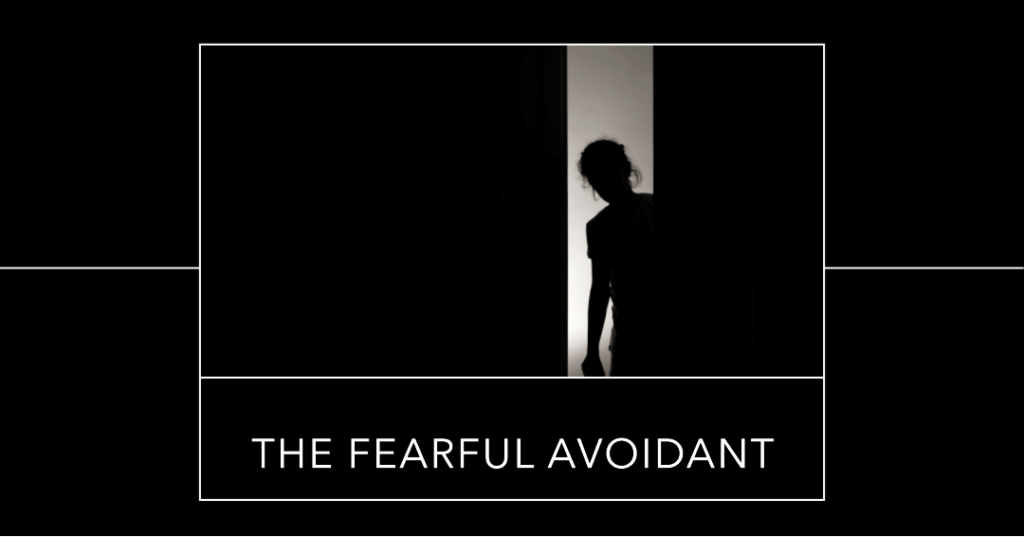
Attachment theory highlights the deep influence of early relationships on our emotional bonds later in life. Fearful avoidant attachment, also known as disorganized attachment, is a unique and complex style that combines aspects of both anxious and avoidant attachment. Individuals with this attachment style often experience conflicting desires for closeness and independence.
Journey Within and Roots
What happens when a fearful avoidant individual steps into a romantic relationship? To comprehend the present, we must explore the past. Delve into the formative years and discover how early experiences shape the fearful avoidant attachment style.
Unraveling the connections between childhood dynamics, caregivers, and the development of disorganized attachment provides essential insights into the roots of this intricate emotional pattern.
Fearful/disorganized attached individuals have experienced trauma with a capital T! and a lot of times they have abandonment issues. Still, their whole life was volatile and they couldn’t predict what was going to happen. In turn, their defense mechanisms are very unpredictable.
Characteristics of the Fearful Avoidant
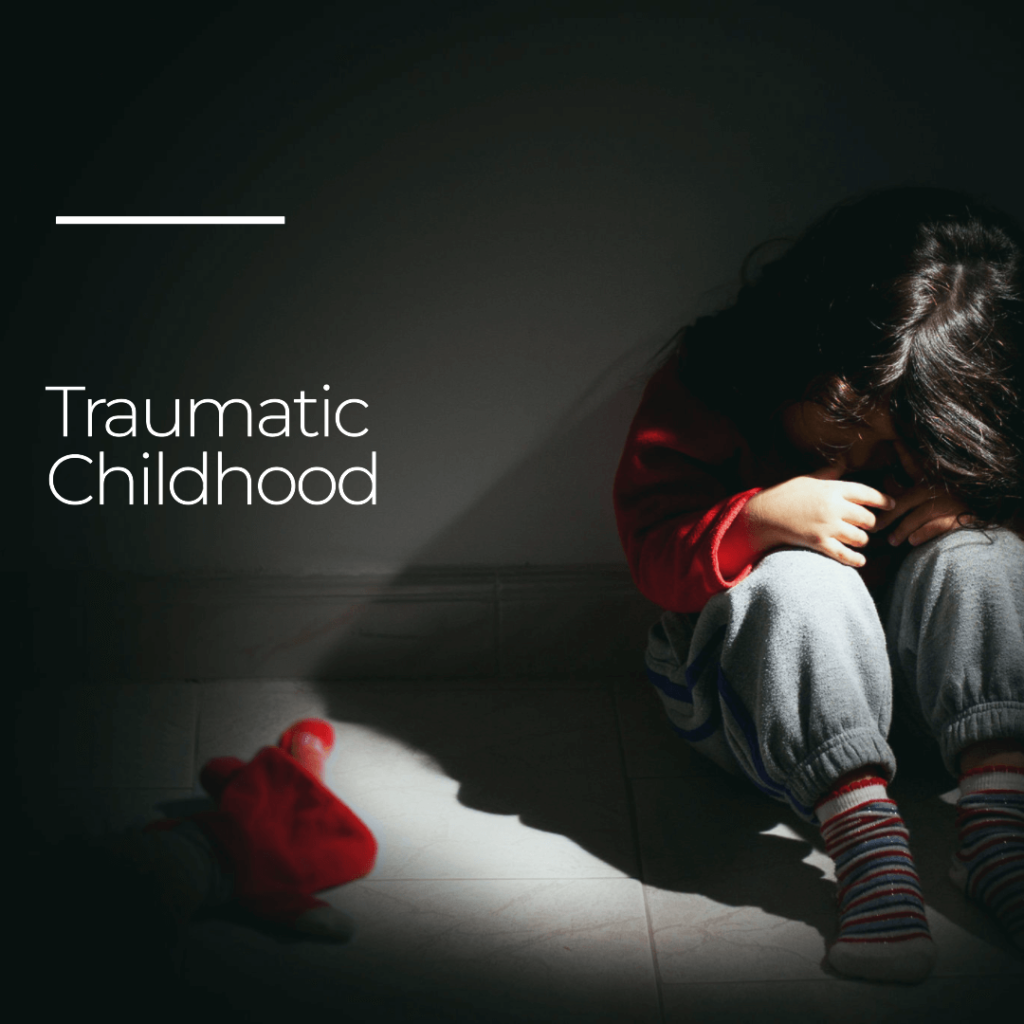

- Ambivalence: Oscillates between the desire for emotional closeness and a fear of vulnerability.
- Trust Issues: Struggles with trusting others, often due to past experiences of inconsistency or betrayal.
- Fear of Rejection: Exhibits an intense fear of rejection, leading to hesitancy in forming deep connections.
- Emotional Rollercoaster: Experiences heightened emotional fluctuations, making it challenging to regulate feelings effectively.
- Difficulty with Intimacy: Faces challenges in establishing and maintaining intimate relationships due to fear and emotional barriers.
- Inconsistent Communication: Tends to exhibit inconsistent communication patterns, alternating between seeking closeness and withdrawing.
- Internal Conflict: Grapples with an internal conflict between the longing for connection and the instinct to protect oneself from potential emotional harm.
- Self-Sabotaging Behaviors: May engage in behaviors that undermine relationships as a way to cope with the fear of vulnerability.
- Attachment Flip-Flopping: Demonstrates a tendency to vacillate between anxious and avoidant behaviors within the same relationship or even in the same interaction.
Impacts
They’re desperate for security and stability and do not know how to get it, like with most of the other attachment styles, if they don’t like you that much they can keep the cool they’re not going to explode on you but if they like you, you will trigger them.
They feel deeply alone because they do not know who to trust, and the most difficult part of being the partner of this kind of person is that you never know when they are going to get triggered.
I think they are the most unstable of all the attachment styles. they swing from one extreme to another, they ebb and flow between anxious and avoidant not knowing what’s going to make them feel better at any given time.
Their triggers are inconsistent. They want constant reassurance but also when it suits them they want a lot of space, they want to get it without the vulnerability of giving because every time they have ever given anything they have been slapped in the face with it.
They are very comfortable with letting things pile up so a problem does not necessarily need to be taken care of right now maybe best if it is never taken care of.
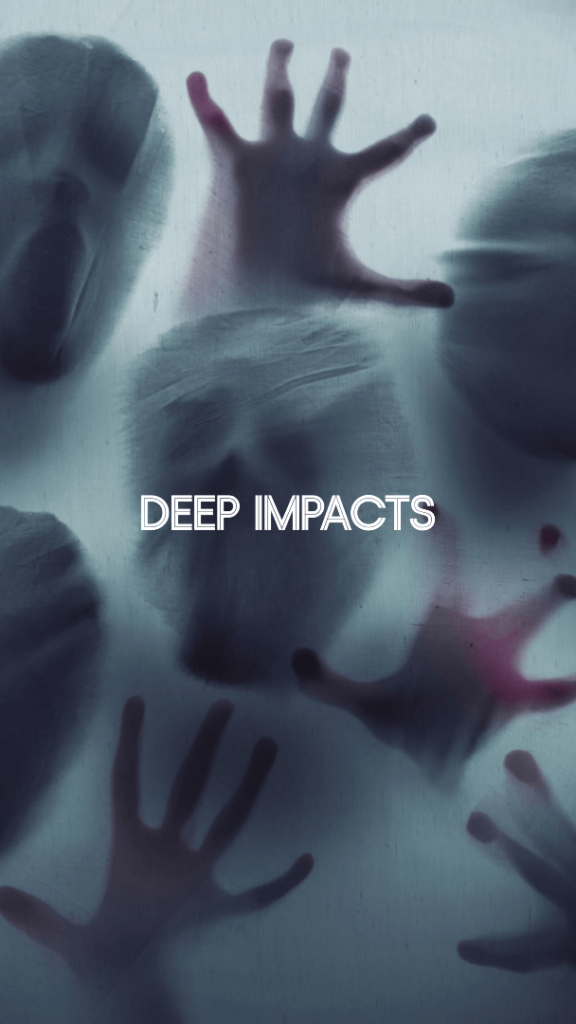
However some of their problems are so pressing they need to be dealt with right away, there is a selfishness attached to this attachment style because of how self-sufficient they needed to be when they were younger so life was selfish by necessity as a survival skill.
Emotional Health and Relationships

How does fearful avoidant attachment impact emotional well-being? The internal conflict between the desire for closeness and the fear of vulnerability can lead to heightened anxiety, trust issues, and difficulty regulating emotions.
Individuals with this attachment style may experience challenges in forming and maintaining secure relationships, impacting their overall emotional stability and satisfaction.
In essence, relationships involving a fearful avoidant require a balance of patience, understanding, and active commitment to personal and relational growth.
By addressing challenges head-on, fostering open communication, and embracing opportunities for personal development, individuals with fearful avoidant attachment styles can cultivate fulfilling and secure connections with their partners.
Breaking Free
Coping with the challenges of the fearful avoidant attachment style involves a combination of self-awareness, communication strategies, and a commitment to personal growth. Recognizing the patterns and behaviors associated with this attachment style is an important first step.
One effective coping mechanism is fostering self-awareness. Individuals with a fearful avoidant attachment can benefit from introspection to understand their own emotional triggers, fears, and defense mechanisms.
Developing a keen awareness of these patterns empowers individuals to make more informed choices in their relationships and responses to emotional stimuli.
Communication is another key aspect of coping with a fearful avoidant attachment. Open and honest dialogue with partners about one’s attachment style can help set realistic expectations and foster understanding.
Explaining the ebb and flow of emotions, the fear of vulnerability, and the importance of reassurance can create a supportive environment for both individuals in the relationship.
Committing to personal growth is essential in coping with the challenges posed by the fearful avoidant attachment style. This may involve seeking therapy to explore the roots of attachment patterns, address past traumas, and develop healthier coping mechanisms.
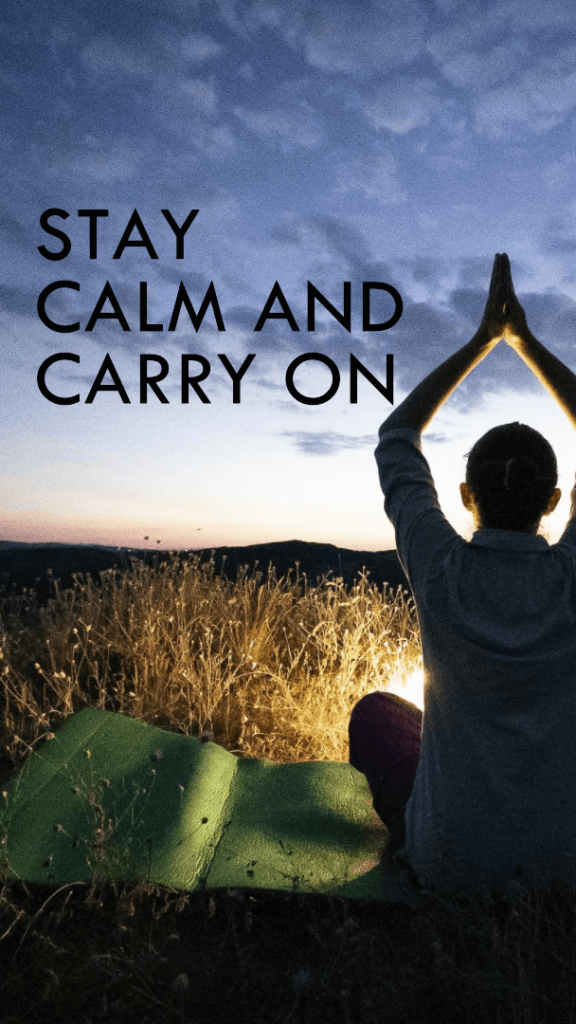
Therapeutic interventions, whether individual or couples counseling, can provide guidance and tools for navigating the complexities of this attachment style.
Building a support network is another valuable coping strategy. Surrounding oneself with understanding friends, family, or a support group can provide encouragement and validation. Connecting with others who may share similar attachment challenges can offer a sense of community and shared experiences.
Conclusion
In the dance between fear and avoidance, there lies the potential for growth and connection. This exploration of fearful avoidant attachment seeks to illuminate the path towards understanding, healing, and ultimately, the embrace of vulnerability in the pursuit of meaningful relationships.
Ultimately, coping with the fearful avoidant attachment style is an ongoing process of self-discovery and growth. It requires a willingness to confront vulnerabilities, engage in open communication, and invest in personal development. By taking proactive steps to understand and address the impact of this attachment style, individuals can foster healthier relationships and work towards a more secure and fulfilling emotional landscape.
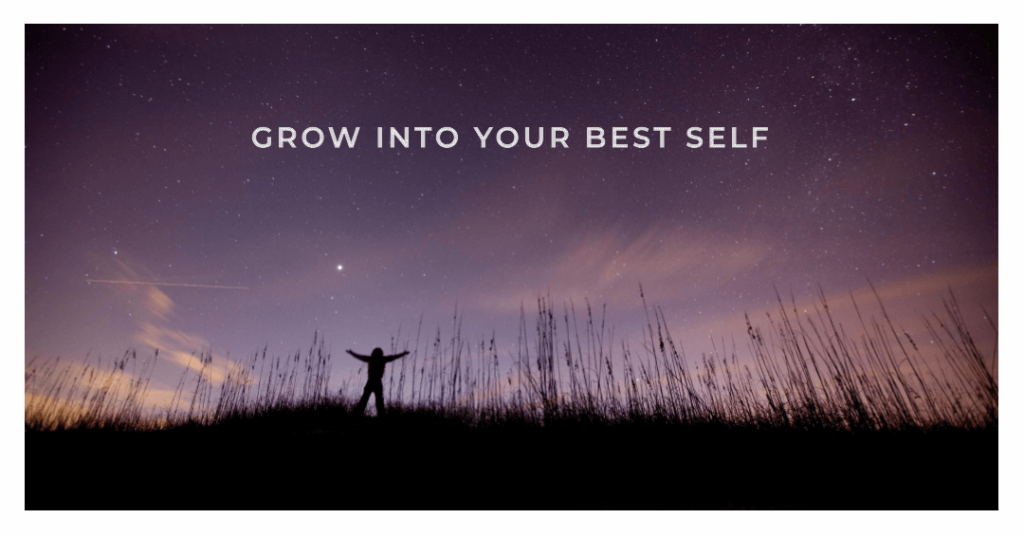
I want to extend a heartfelt thank you for taking the time to read this blog post. I hope it was informative, insightful, and most importantly, useful to you. Mental health is an important topic that affects us all, and I’m grateful for the opportunity to share my thoughts with you.
If you have any thoughts or comments, I encourage you to leave them in the comment box below. Your feedback is essential to me and helps me create content that is tailored to your needs.
If you found this post helpful, please subscribe to my newsletter for more resources and updates on mental health. You can also reach out to me via email if you have any questions or just want to chat. Remember, taking care of your mental health is important, and you are not alone.
This is it for me… it’s like a long awaited answer to some of my questions.thank you nuwaira♥️
I am glad you are able to resonate with it and I hope you stick around for more tips and tools to help you navigate through. Thank you for being here.